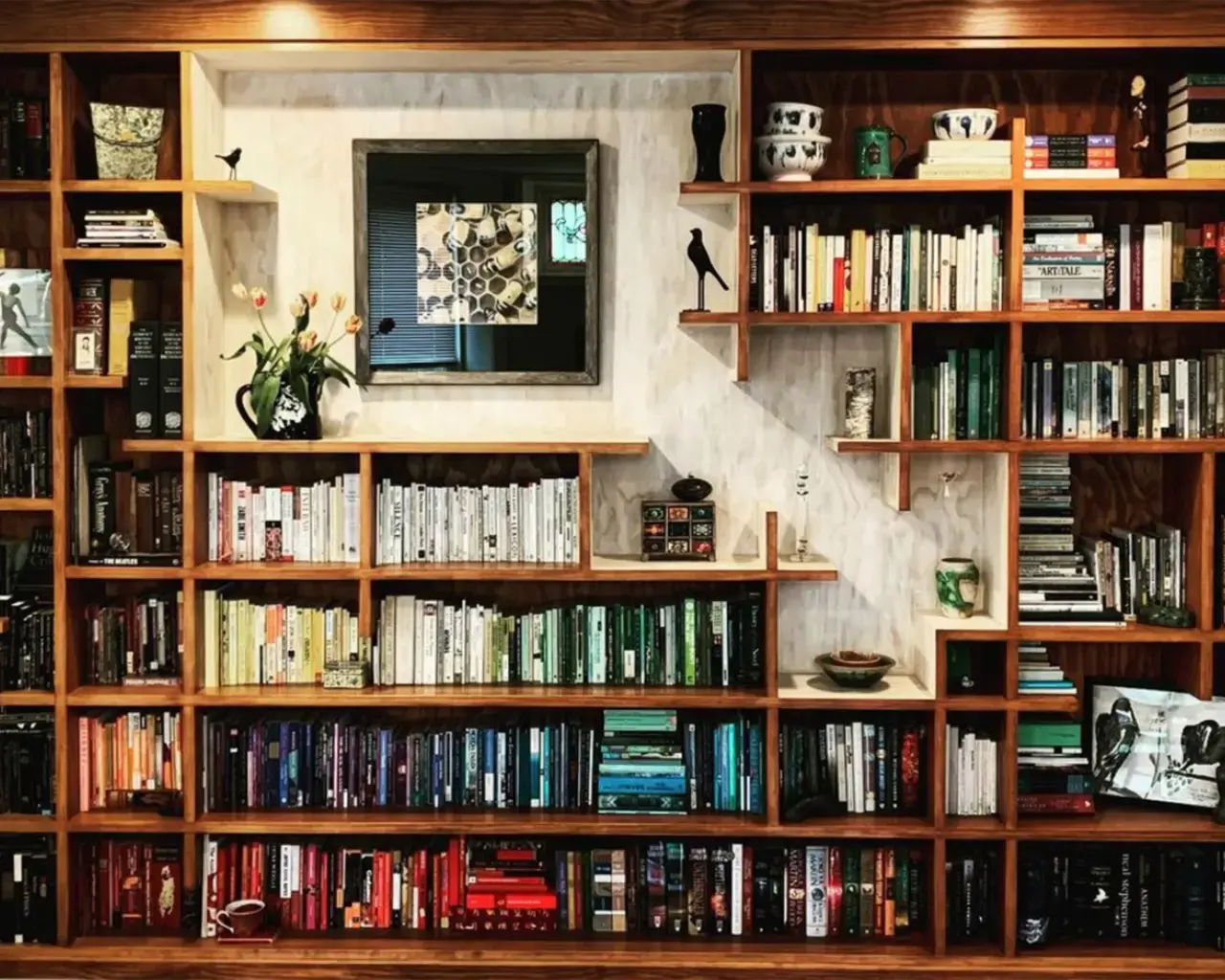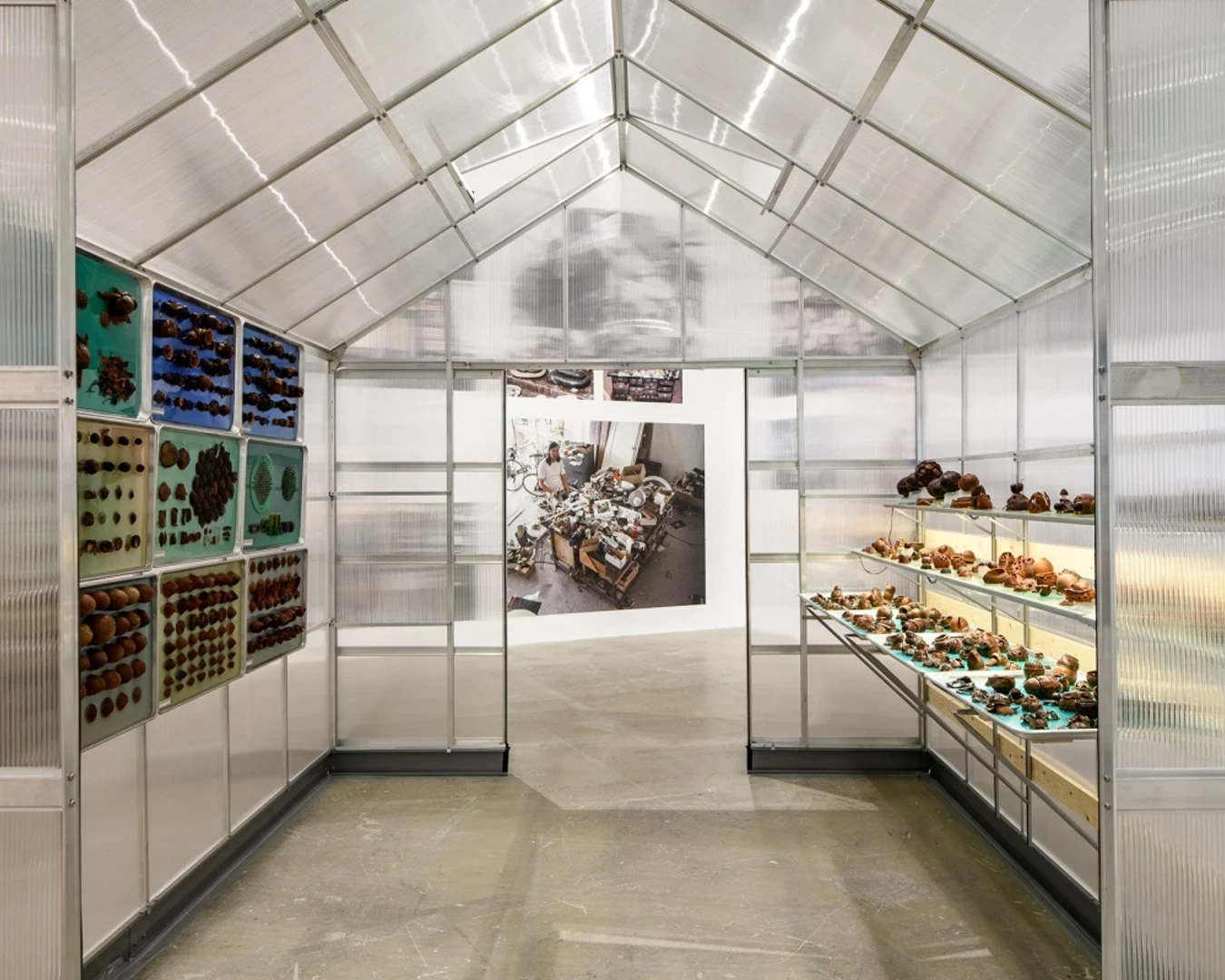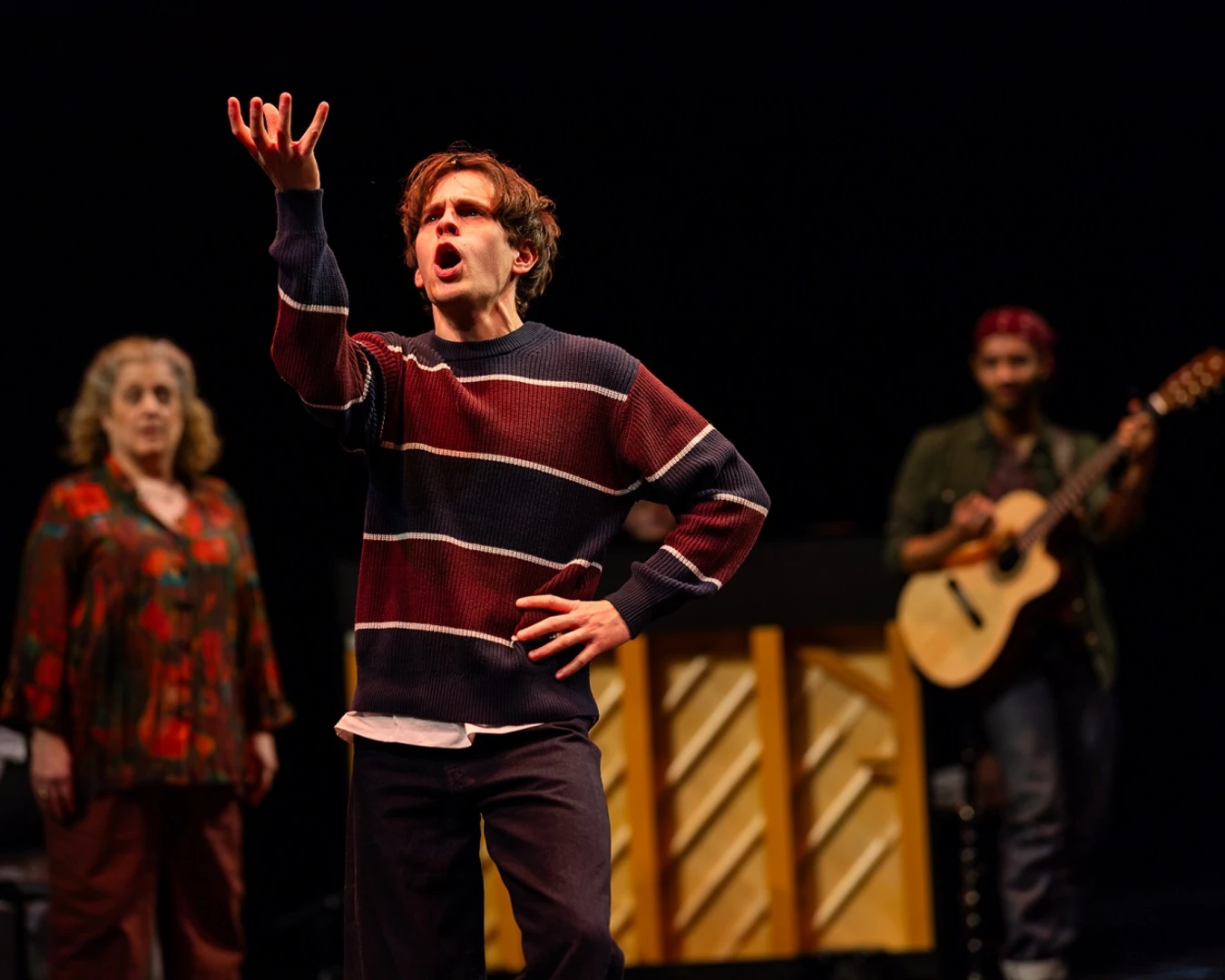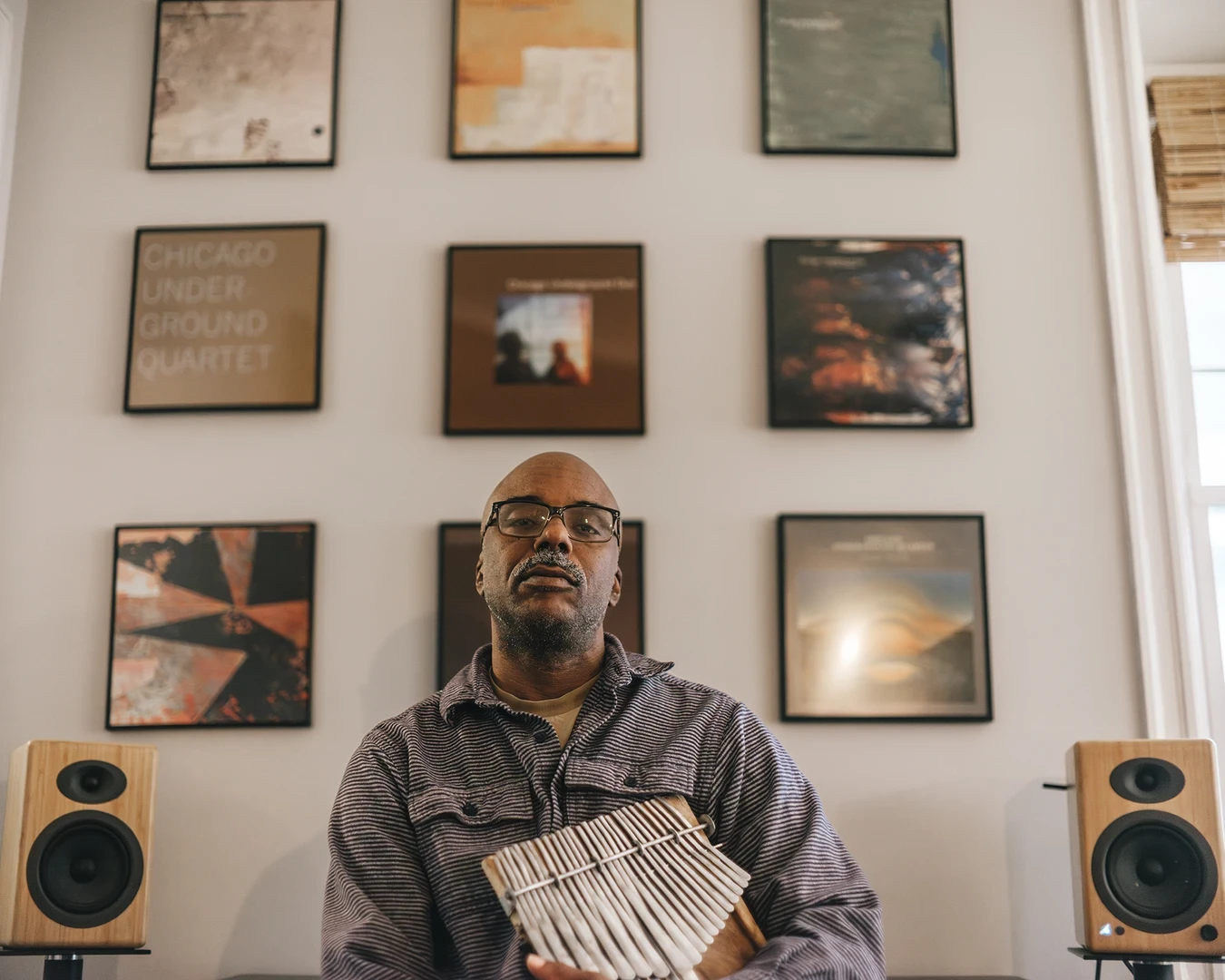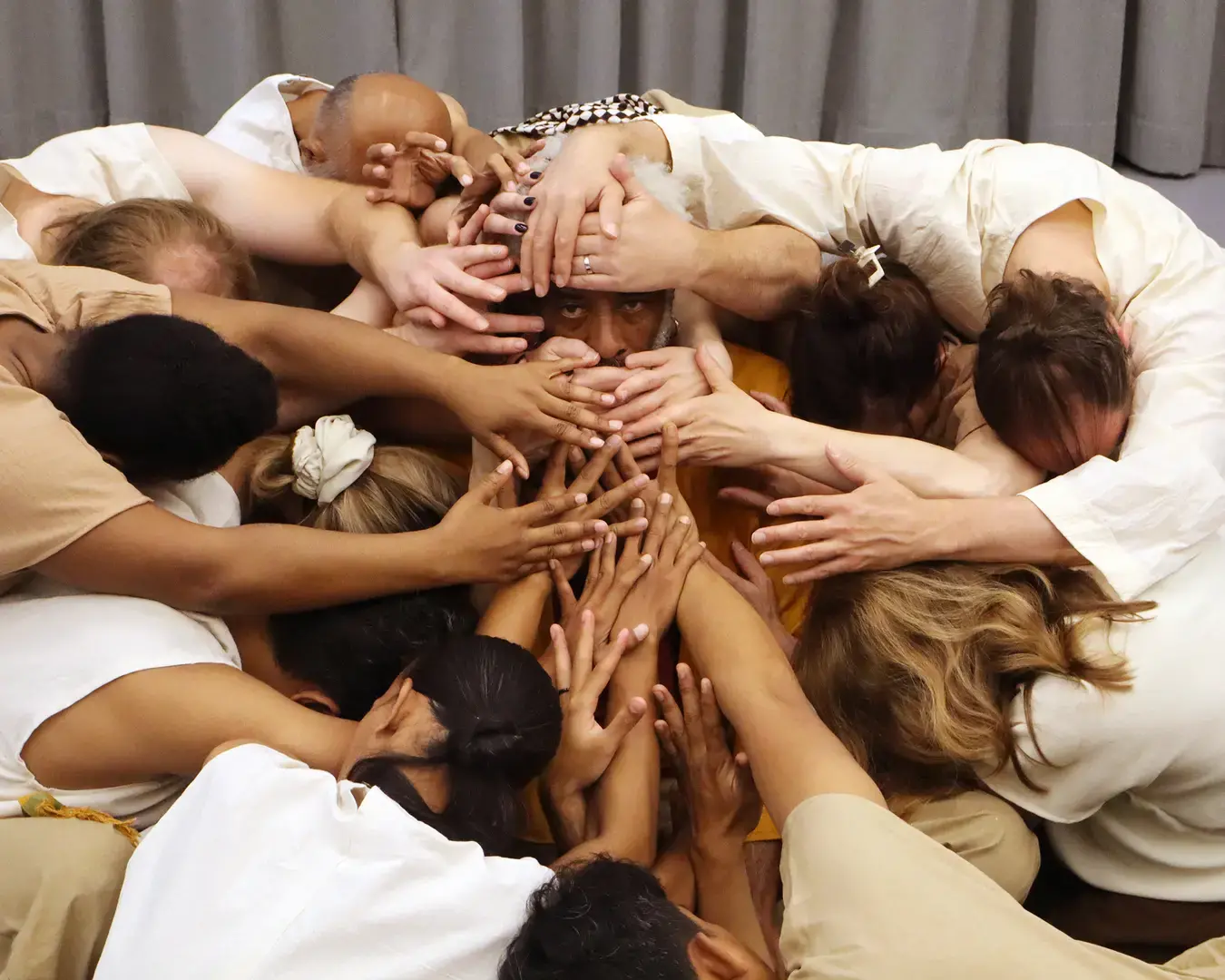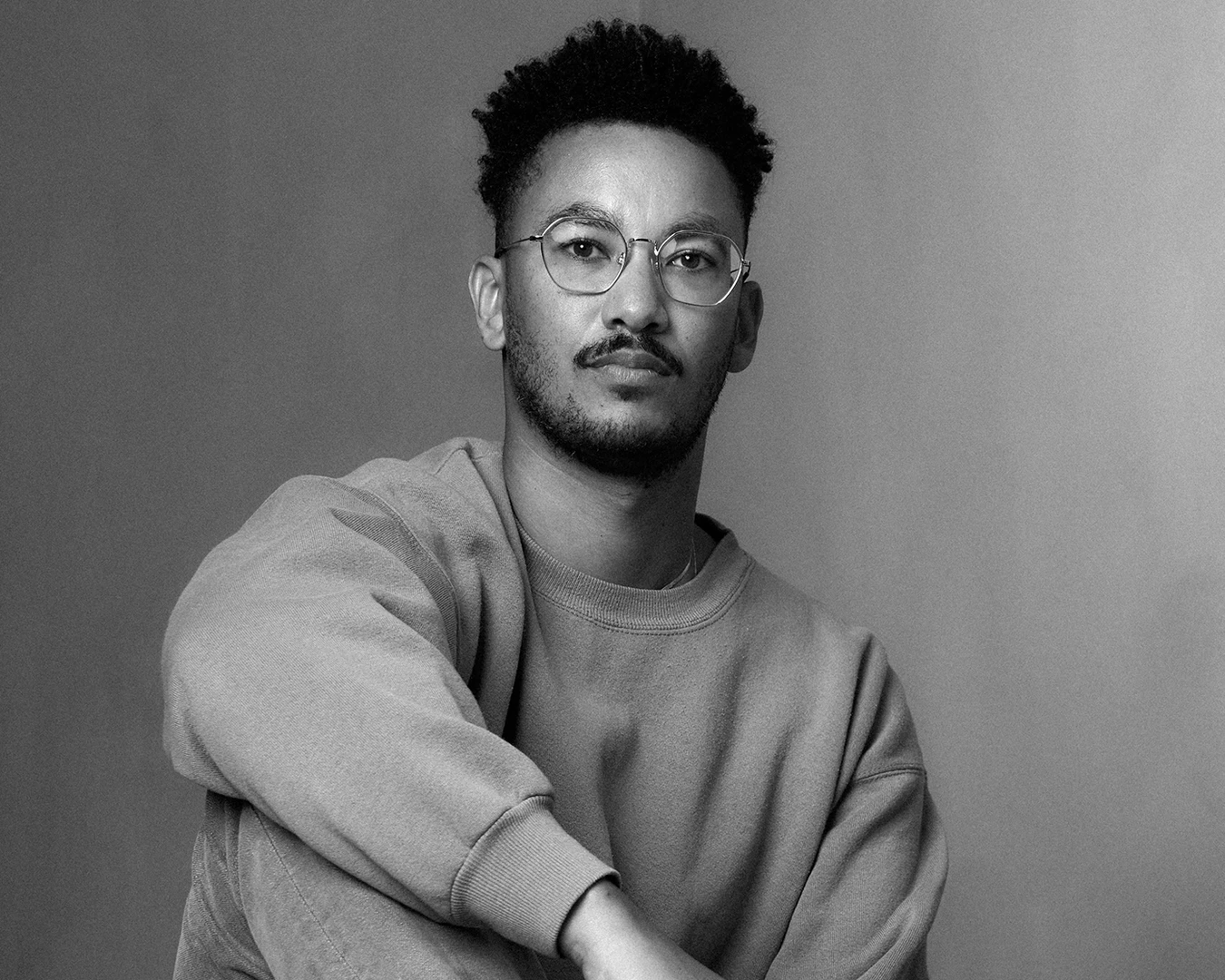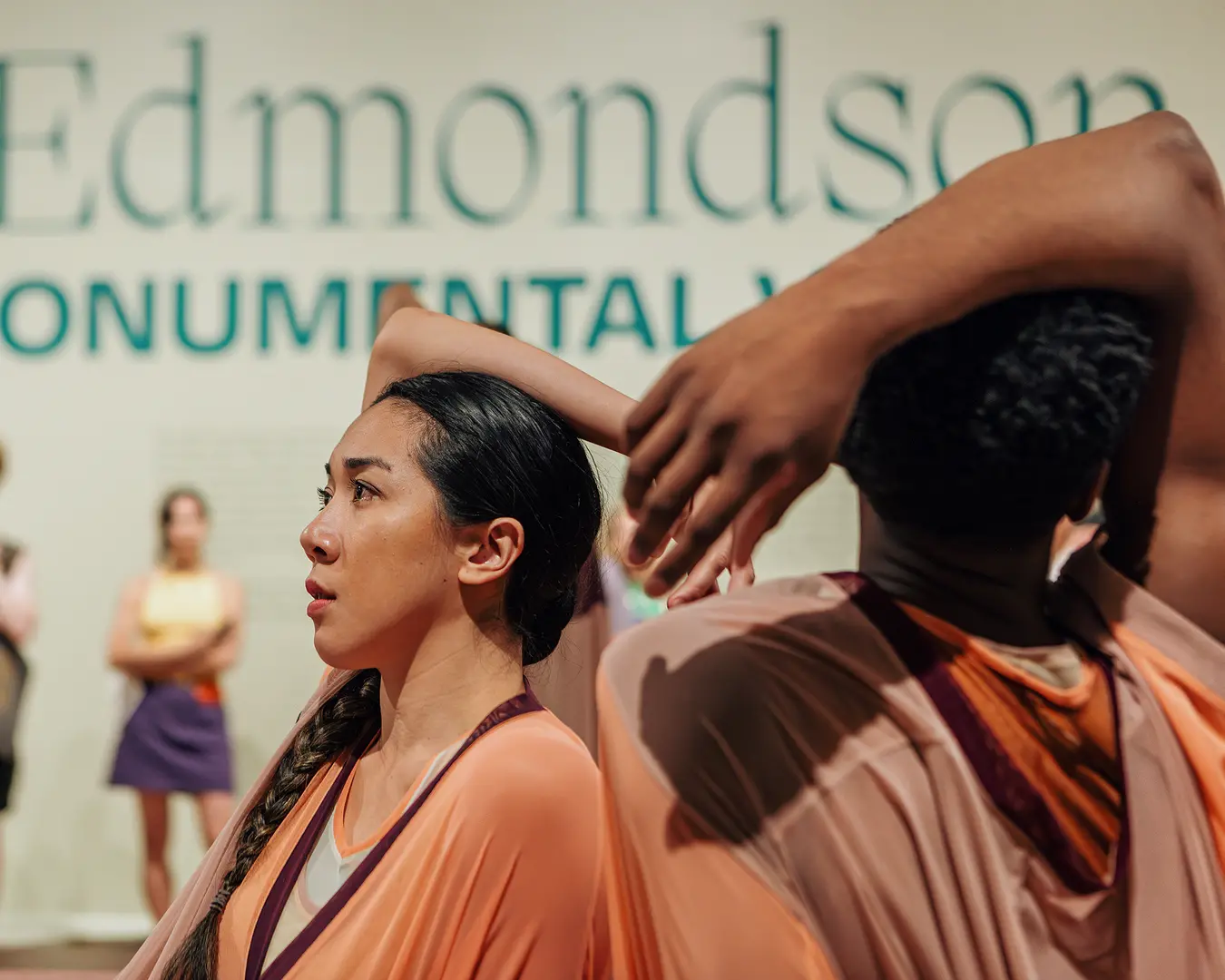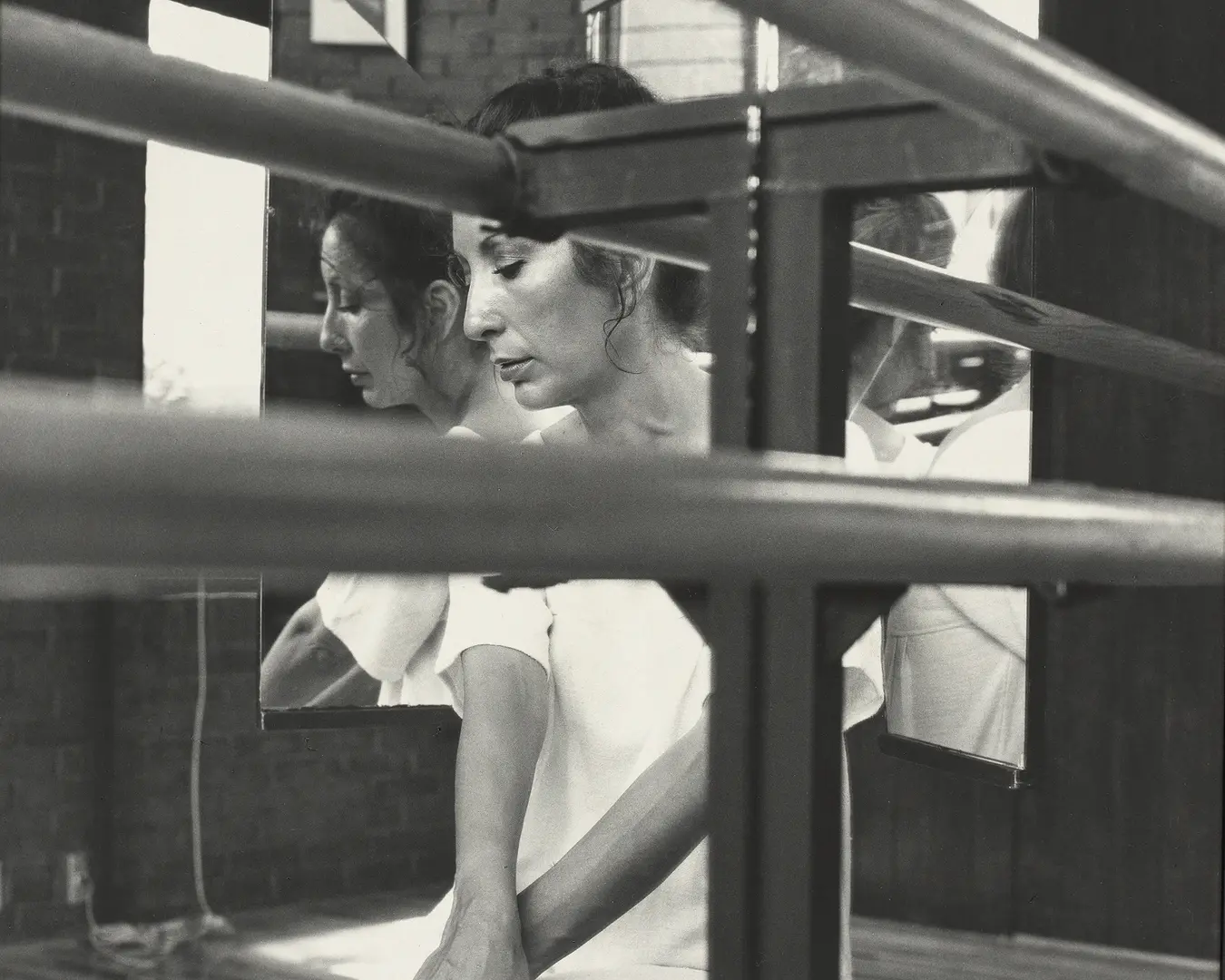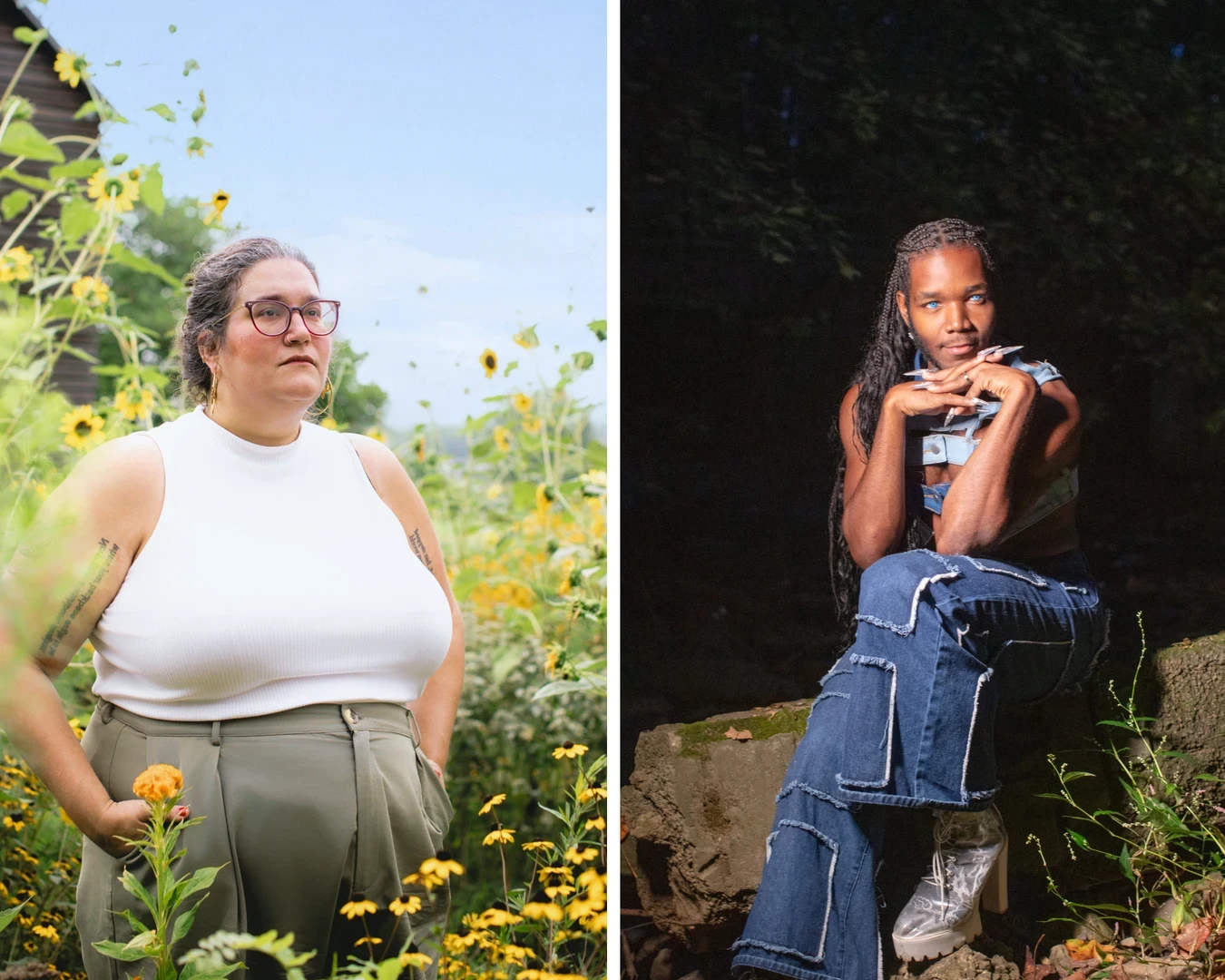Our “Pew Fellow of the Week” series focuses on the artistic lives of our Pew Fellows: their aspirations, influences, and creative challenges.
Poet Kirsten Kaschock (2019) spoke to us about her daily writing routine, how her dance background informs her poetry work, and why she doesn’t believe in procrastination.
Kaschock, who holds a PhD in both English literature and dance, writes poetry that addresses the intersections between language and the body. Her newest book of poems, Explain This Corpse, was published by Lynx House Press and is available for purchase online.
How did you become an artist? Is there a particular experience that drove you to this choice?
I used to wonder about this question. I think wondering is actually the key. Humans are born wondering. Artists just kind of stay there. I think most artists live in the laboratory of ‘I wonder why it is this way and not different’ (which is a poor paraphrase of Kandinsky). There are so many ways to be curious about the world—my partner is a scientist and we have this in common. But trying out different combinations over and over to make of select materials something different—based on principles of exploration and formal experimentation and dare-I-say beauty—this may be an artist thing. Lately, I like to say: The only way to know you are an artist is that you can’t stop making art. A decisive moment, though? There was a willow tree haiku I wrote in the second grade. There was an endless vibration unlocked by the play between boughs and bows. I think I discovered how art is uniquely equipped to acknowledge the plurality of the world fairly early on.
What is your daily writing routine? How has it changed during the pandemic?
I write best in the morning or so late at night it soon becomes morning. In the absence of other obligations, I can write and edit ten hours a day. Because I began writing seriously only after the birth of my first son, I think I am comfortable writing in the interstices of life, whenever I can find a few minutes or an hour or two and wherever I happen to be. I do rely on coffee—the stronger the better. I also read daily and widely to enliven my thinking about language and the world. The pandemic has given me more time, but fewer interactions with other artists to talk about the work. And I need that. Other people. Currently, I’m researching the philosophy/psychology of color for a project that is percolating, alongside my regular diet of poetry and fiction: this month, literary horror and climate sci-fi.
What images or things keep you company in the space where you work?
I write often near other books, both the ones I’m researching and the ones that line one wall of my dining room—books are nourishing.
What do you do when you’re procrastinating?
I don’t believe in procrastination. When I’m not writing, I’m living—which is essential to writing well. During the pandemic, I’ve started a new habit of long daily walks, a meditation I would recommend to anyone. As a result, I’ve learned the names of plants and birds I’ve never known before: a gift in a year that gave few gifts.
What was the first work of art that really mattered to you? Did it influence your approach to your work?
The first? My father recited poems to us at bedtime. Lewis Carroll’s “Jabberwocky,” composed as it is with words Carroll made up, taught me that sound and rhythm can and do carry their own meaning. I hope all my written work demonstrates my deep understanding of that lesson. Also—that there be monsters.
You have a PhD in both English literature and dance, and you’ve said that your study of dance informs your poetry. How do those disciplines complement each other? What aspects of poetry has dance illuminated for you?
Both dance and poetry can use intimate materials (the body, the voice) to transcend individuality. I think many assume that these forms are primarily concerned with self-expression. In my experience, they work towards an opposite end. The poet and the choreographer take great pains to elaborately carve out a self-sized hole through which their audience can newly perceive the universe. A difference is that one of these artforms is most often practiced in community and the other in isolation. I need both. Dance has taught me to approach time as a living thing, and to invite people viscerally in—not necessarily by making my writing “easy” but by giving it breath—another thing the two practices, dance and poetry, require mindfulness of.
For whom do you make your work?
I once interviewed the movement artist and legend Eiko Otake. She said that she felt an affinity for those people who came upon her durational performances in public spaces (sometimes minimal movements over hours with no playbill, no explanation) and stayed to watch. She called these audience members “strange people liking strange things.” I think I make work for anyone who is drawn to wonder about the interactions between language, perception, and the absurdly strange and often dark world we inhabit. I write for anyone who, like me, is searching for joy in this morass.
In reflecting back to the beginning of your career, what is the most useful advice you ever received?
I’m a contrarian. The most useful advice I’ve received is the advice that pissed me off and that I’ve swerved away from. “Don’t write about motherhood.” “Don’t use a fancy word when a simple word will do.” “No fragments.” “Use transitions.” I think, though, the most powerful thing I’ve witnessed as an artist is old artists. The people who’ve lived long lives trying to excavate that self-sized hole in the planet—they inspire me. In a world where the market demands that you are of monetary use, that you become a PR machine for your work in order to survive, a world that treats artists as either selfish children or suicides waiting to happen—to see the face of an artist who’s made it into old age is to understand all that is noise. If you are a maker, it is good that you make. It is—in fact—essential. I try to hold that knowledge close.

